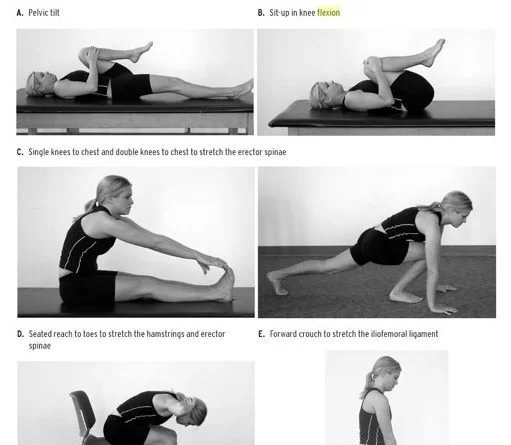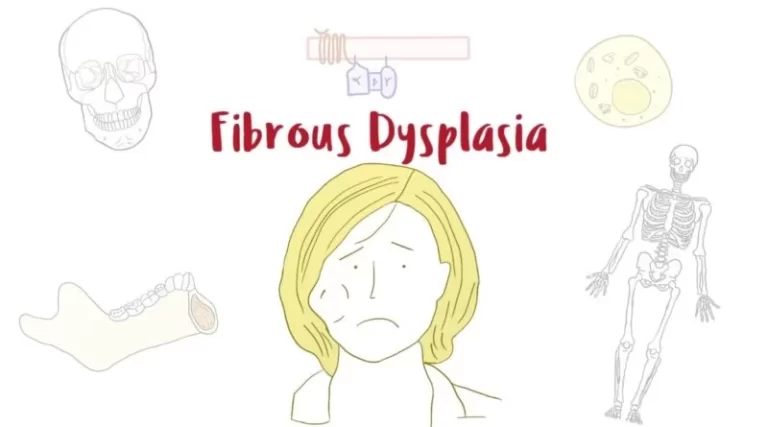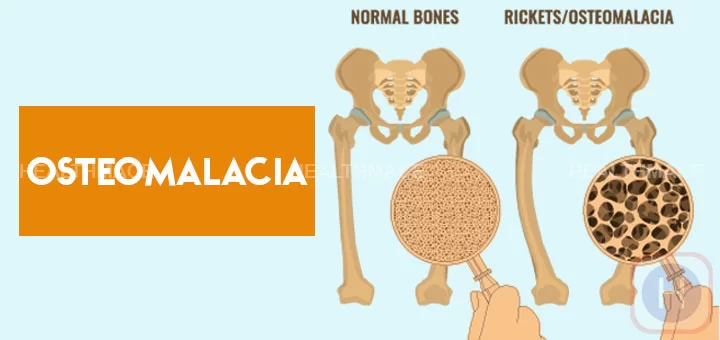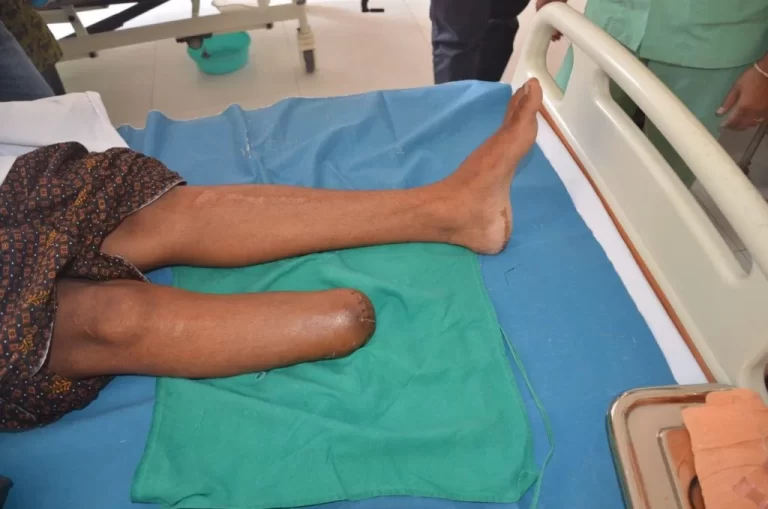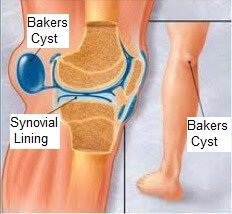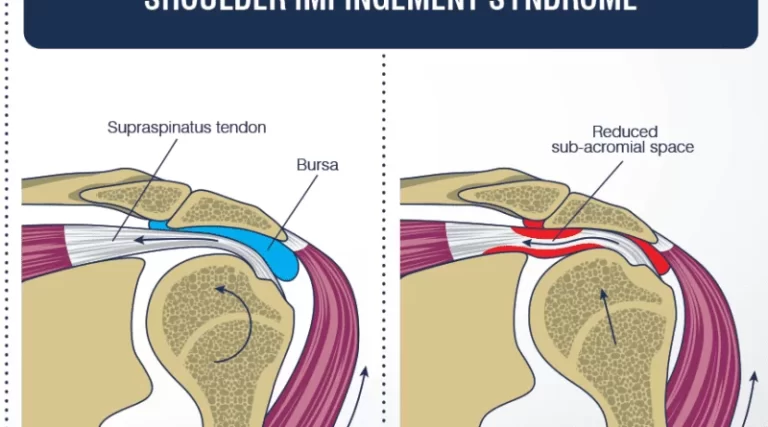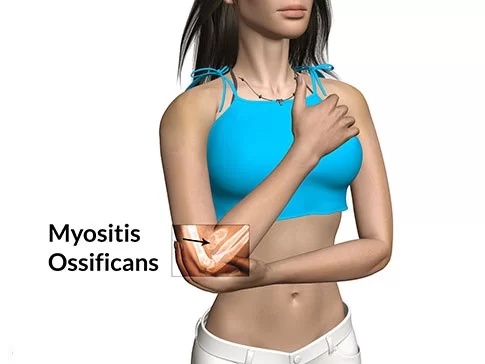Proprioceptive Neuromuscular Facilitation (PNF)
INTRODUCTION Flexibility is key for athletes and non-athletes alike. It allows you to move freely and comfortably in your daily life, and can also help prevent injury during exercise. One of the best ways to increase your flexibility is by stretching. However, research suggests that not all stretching techniques are created equal. Proprioceptive neuromuscular facilitation…



